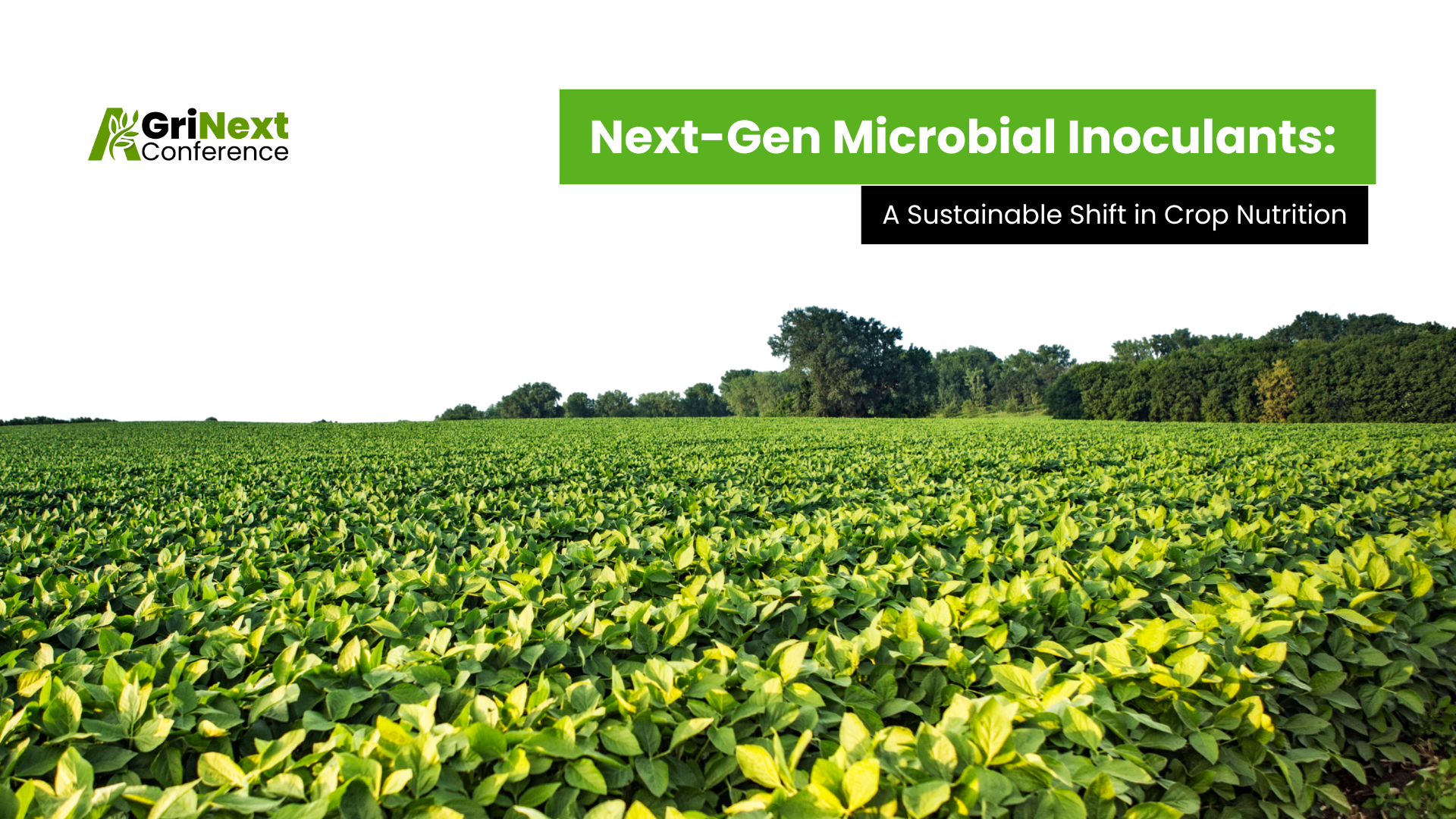
Discover how next-gen microbial inoculants are transforming sustainable agriculture. Explore innovations like encapsulation, microbial consortia, and precision delivery.
As agriculture moves away from chemical fertilizers and pesticides, microbial inoculants are emerging as powerful allies in promoting plant growth, improving soil health, and supporting sustainable farming practices. These bioformulations—made from beneficial microbes like bacteria and fungi—enhance nutrient cycling, disease resistance, and stress tolerance in crops.
However, their success on real farms depends not only on which microbes are used, but how they are formulated and delivered. Recent innovations in microbial technologies are transforming lab breakthroughs into reliable, field-ready solutions.
Key Innovations in Microbial Inoculants
1. Encapsulation and Immobilization Technologies
Encapsulation involves coating microbial cells or spores with natural materials like alginate, carrageenan, or plant-based gums. This helps:
Protect microbes during storage and transport
Control their release after application
Improve their survival in tough field conditions
However, challenges like cost and mechanical fragility still need to be addressed for widespread adoption.
2. Consortia Formulations
Instead of single-strain solutions, researchers are now creating microbial consortia—blends of compatible microbes with complementary functions.
For instance:
One strain promotes root development
Another fixes atmospheric nitrogen
A third suppresses pathogens
These consortia:
Adapt better to environmental variability
Perform multiple functions simultaneously
Improve overall crop resilience and yield
3. Integration of Omics and Biotechnology
Advanced tools like genomics, proteomics, transcriptomics, and metabolomics are now used to:
Identify high-performance strains
Optimize microbial metabolite output
Match inoculants to specific crops and climates
Combined with fermentation and genetic engineering, these tools ensure consistent and scalable bioformulations.
4. Improved Carriers and Additives
Carriers are the materials that deliver microbes to the field. New carrier materials with better water retention, biodegradability, and protective qualities are being developed. Additives like cell protectants further reduce microbial death during:Drying,Transport and Harsh environmental exposure
5. Composite Inoculants for Multifunctionality
Composite or co-cultured inoculants combine several microbial strains that work synergistically. These are known to:
Improve nitrogen fixation
Decompose organic matter
Suppress soil-borne diseases
Field studies show that composite inoculants not only improve plant yield but also increase soil biodiversity, making them a long-term solution for soil health.
6. Advanced Delivery Systems
One of the most exciting frontiers is the integration of inoculants with precision agriculture tools. Smart delivery systems now allow:
Accurate placement of microbes near plant roots
Optimized dosage and timing
Reduced waste and better environmental outcomes
Real-World Promise, Ongoing Challenges
Even with these advances, challenges remain:
Ensuring microbial viability under diverse field conditions
Maintaining product consistency
Reducing production and application costs
Ongoing research is focused on improving the robustness, shelf life, and scalability of these formulations—especially for use across different soil types and climatic zones.
Conclusion: Where Innovation Meets Impact
Microbial inoculants are no longer confined to research labs—they are now critical tools for creating a future of chemical-free, climate-resilient, and economically viable agriculture. Thanks to formulation innovations, these beneficial microbes are now ready to deliver consistent results where it matters most: in the field.
At the AgriNext Awards & Conference, these breakthrough technologies will be in the spotlight. From encapsulation to smart delivery systems, AgriNext connects scientists, startups, and farmers who are reshaping agriculture from the soil up.
Join us this November in Dubai to explore the next generation of sustainable solutions—and discover how innovations in microbial inoculants are powering the farms of tomorrow.
References
1. Encapsulation of Microbial Inoculants – PMC
2. Microbial Consortium – ScienceDirect
3. Composite Microbial Inoculants – PubMed
.
Signup For AgriNext Conference Newsletter

